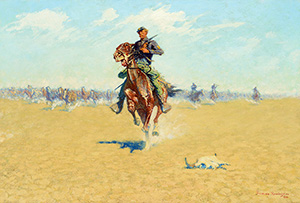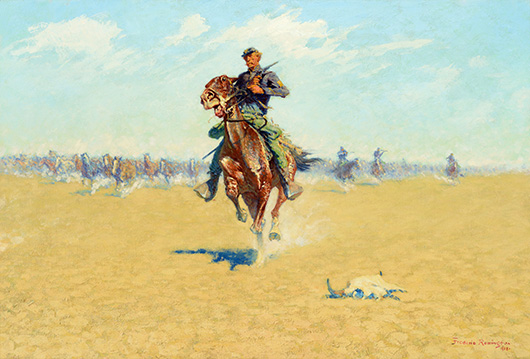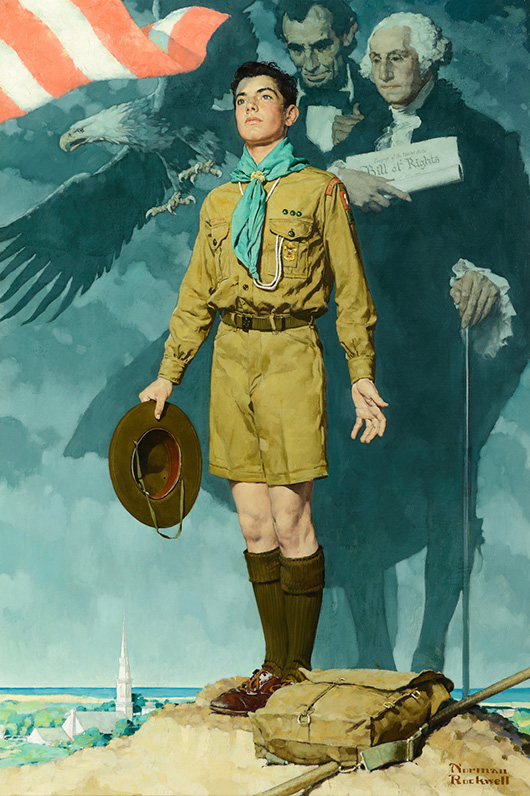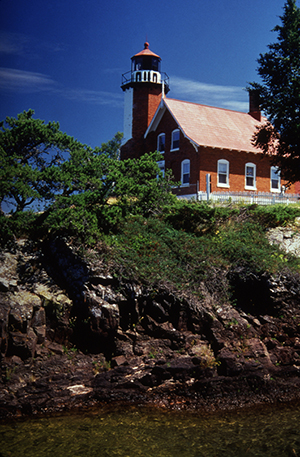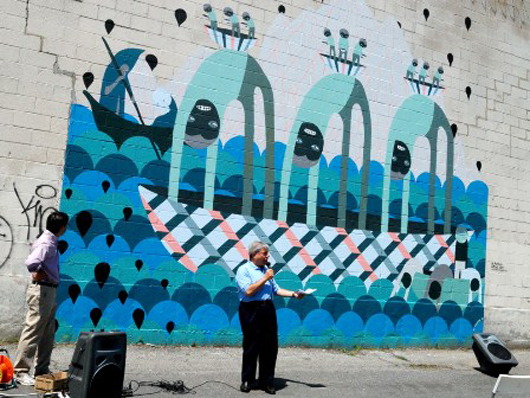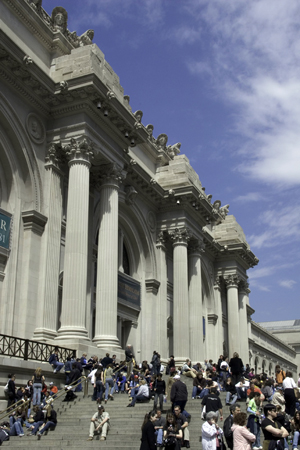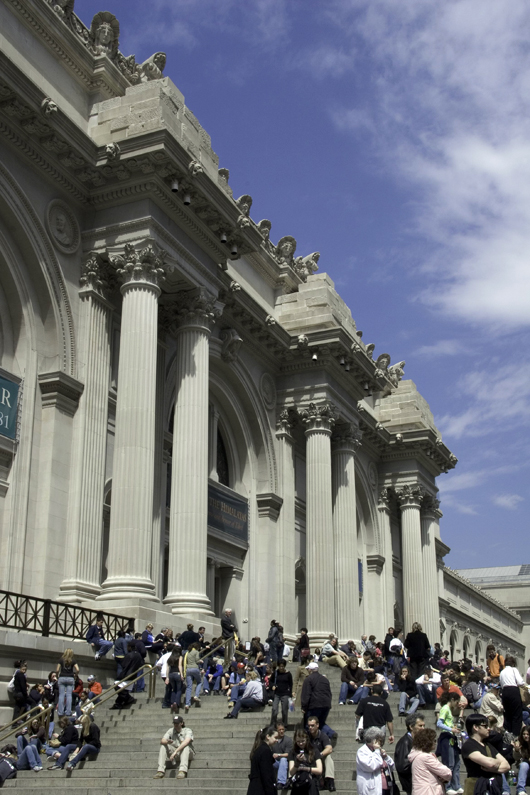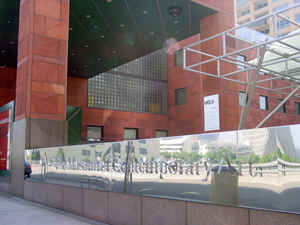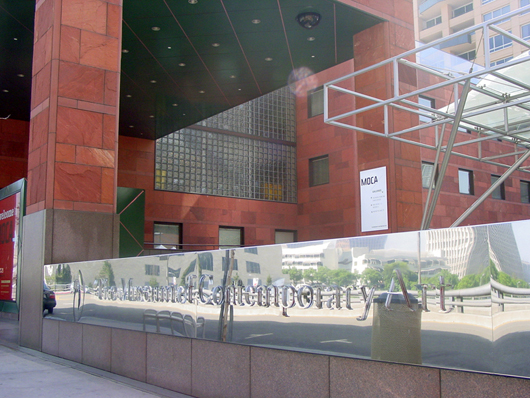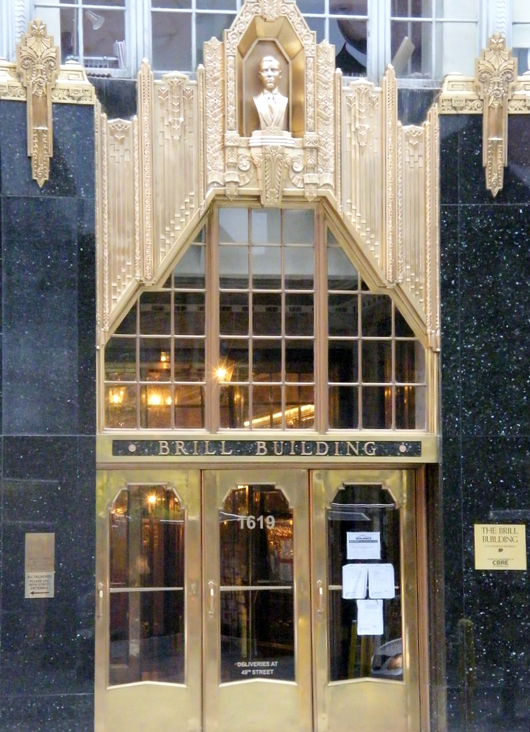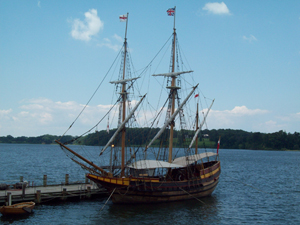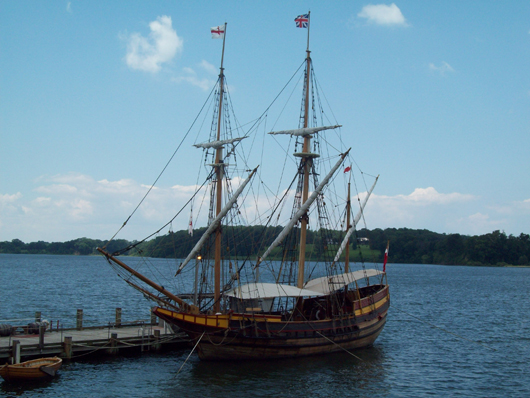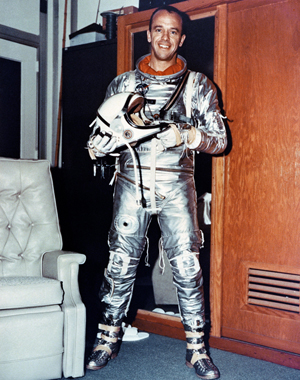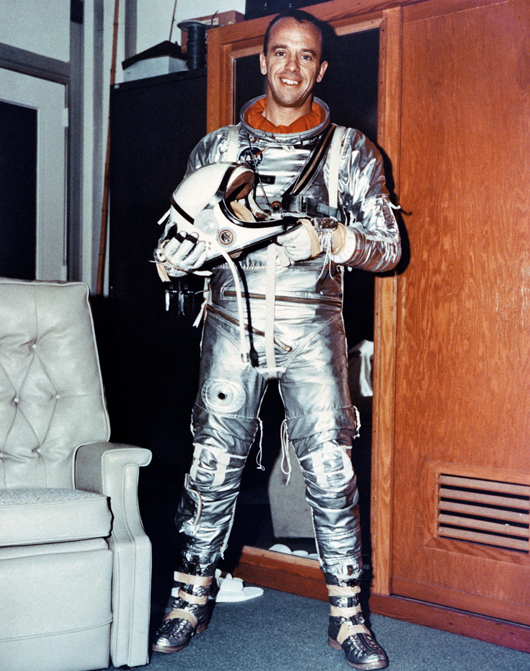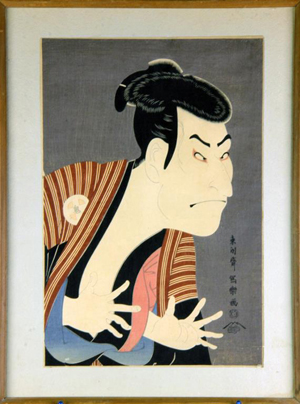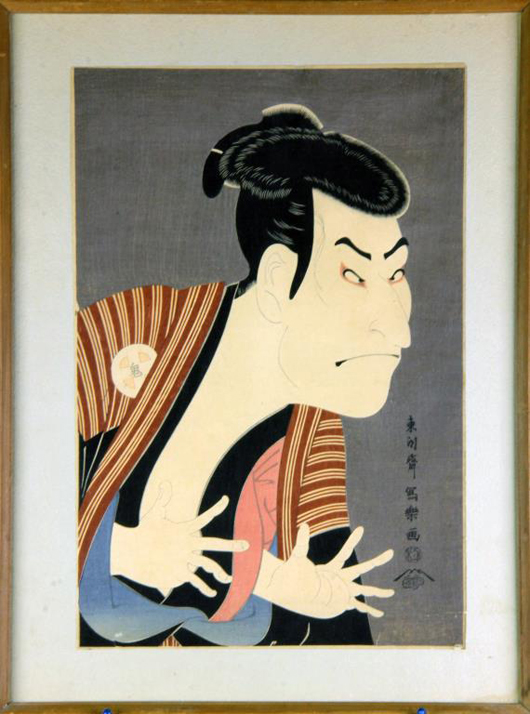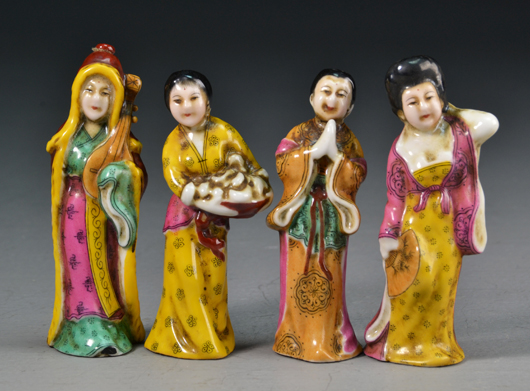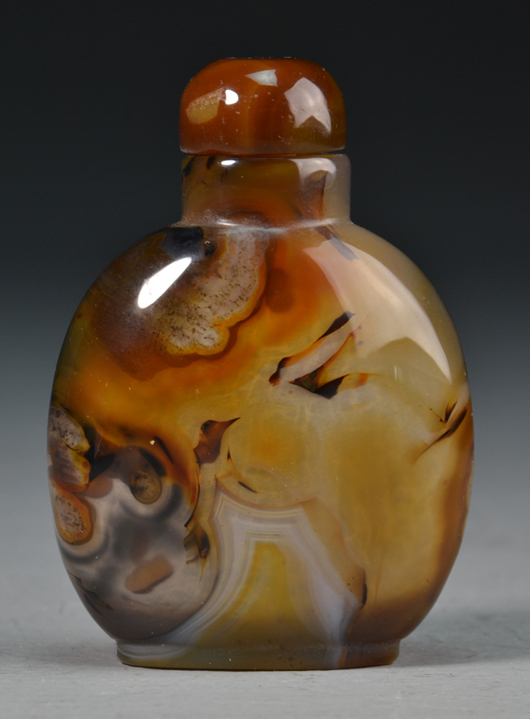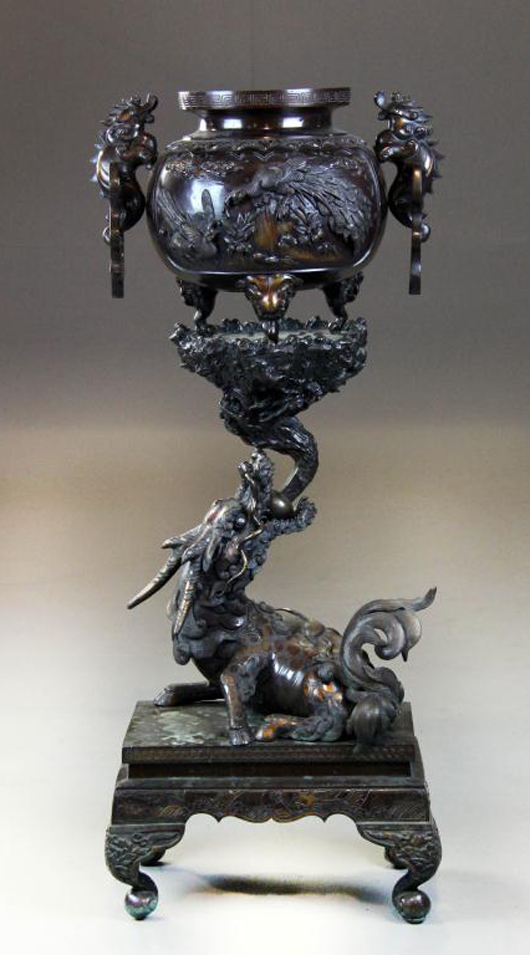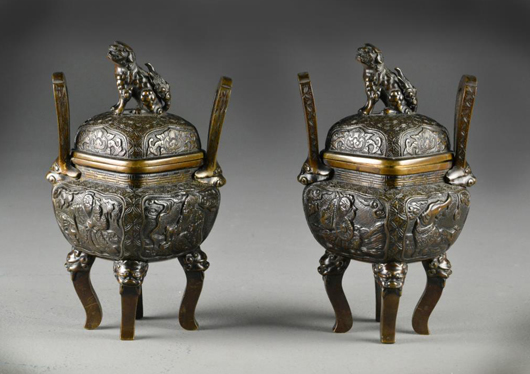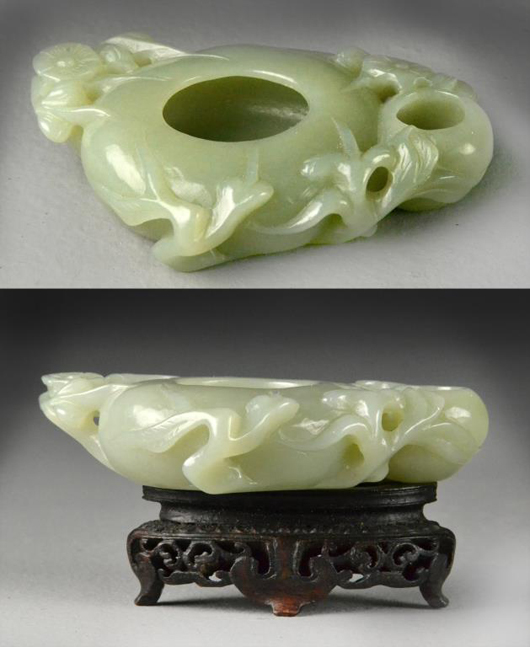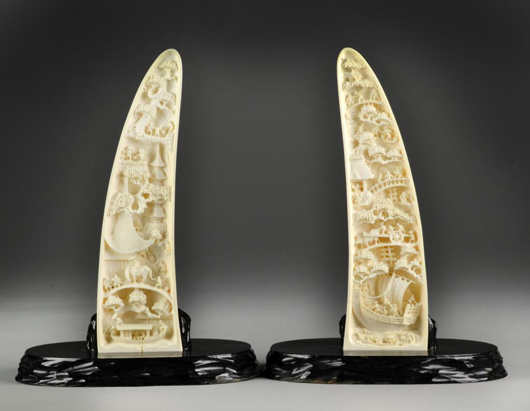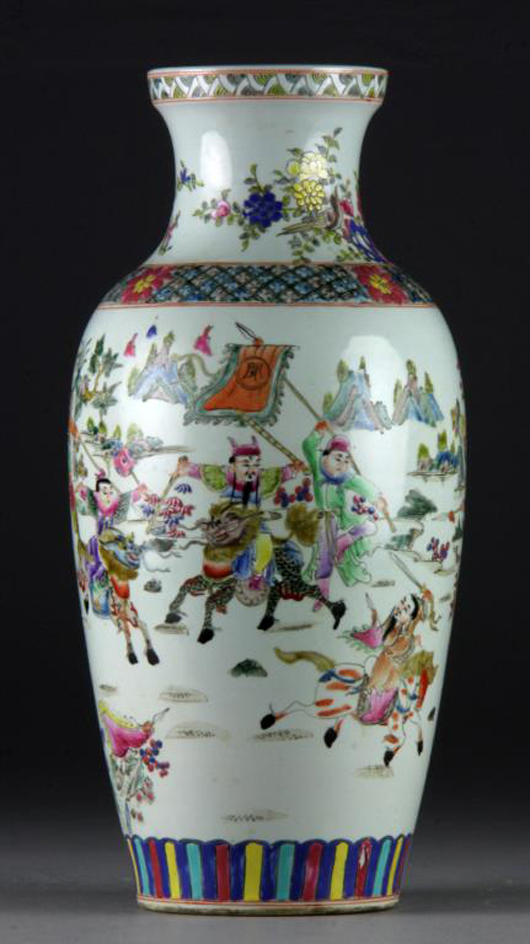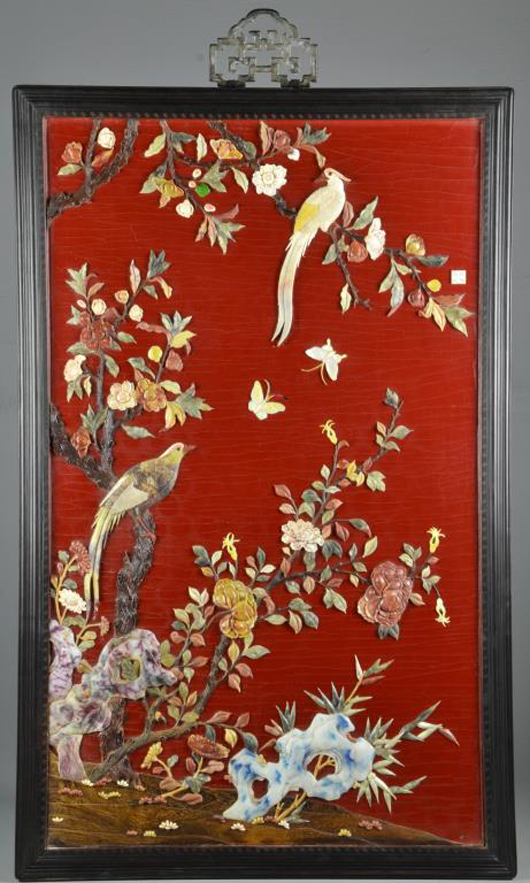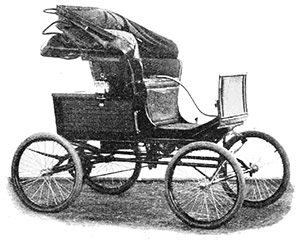
After all, it was one of the first automobiles in the city.
That early steam-powered auto still exists, although it’s in fragile condition. Part of the Center for History’s collection, it’s been stored away from public view for about 20 years.
The vehicle, about the size of a horse cart, looks more like a small wagon or sleigh than a modern automobile.
It’s believed to be the oldest car still in existence from the dawn of the auto age in South Bend.
Martin, the car’s original owner, was a South Bend musician and a piano and organ tuner for the Elbel music store for nearly 40 years. Martin drove it on the job making house calls to tune musical instruments, according to newspaper accounts. It was the first auto bought and used for commercial purposes in the city.
The Locomobile Co. of America was an automobile manufacturer founded in 1899 in Watertown, Mass., but production transferred a year later to Bridgeport, Conn., where it continued in business until 1929. The firm produced small steam cars until 1903, then switched to larger gasoline internal-combustion vehicles.
By 1902, Locomobile (the name was a combination of the words “locomotive” and “automobile”) had sold 5,200 vehicles, making the company, at that time, the largest producer of autos in the country, according to the Locomobile Society of America.
(1902 was the same year the Studebaker carriage and wagon company, based in South Bend, entered the automotive market with production of electric cars. The oldest Studebaker auto in the Studebaker National Museum collection dates from 1904.)
The new car was delivered to Martin in South Bend on March 4, 1901, according to a February 1932 interview he gave to the South Bend News-Times.
Martin ordered the Locomobile from Manlove A. “Cap” Shuey, who established the first automotive garage in South Bend and was the city’s first local car dealer.
“It was a bad day in South Bend, a heavy snow falling, but Capt. Shuey and I unloaded the thing, got it started and drove over some of the streets. Of course, automobiles were a curiosity in South Bend, this contraption aroused much interest and people stopped to watch it as we moved through the streets at what to-day would be a very modest speed,” Martin recalled in the interview.
Leighton Pine, an executive at the Singer Sewing Machine works in South Bend, had bought a Locomobile earlier (likely a 1900 model) but had trouble with it. “He did not seem to think much of it and told me it was all right as a toy but would never be of practical use,” Martin said. Pine died in 1905.
Martin said shortly after getting his car, while he was driving it near Rolling Prairie, the vehicle startled a horse, which started running ahead of the Locomobile down the road. The scene was viewed with astonishment by a group of schoolchildren, some of whom likely had never before seen a “horseless carriage.” Martin said one boy yelled at him: “Hey there, mister, you’ve lost your horse.”
By 1932, Martin had donated his Locomobile to the collection of the Northern Indiana Historical Society and it was a popular item on display in the Old Court House Museum. The year he donated the vehicle is unknown.
Martin died at age 78 in March 1932.
It isn’t known how many Locomobile steam autos still exist. A restored 1900 Locomobile steam runabout, previously part of the S. Ray Miller auto collection in Elkhart, Ind., sold at auction in 2004 for $49,500.
The South Bend Locomobile is believed to have last been on public view in the Old Court House Museum in the early 1990s.
Center for History records show that the Locomobile was examined by an auto expert in 1983 and determined to be in fair but nonrunning condition. It was stated that the car would need a total restoration in order to continue on public display. At the time, its value was estimated at $30,000.
The museum staff would like to put the Locomobile back on public display, but that will take work and expense.
The Locomobile is so fragile that “it’s a skeleton of what it was,” Center for History Executive Director Randy Ray said. And that creates a dilemma for museum professionals, he said.
A complete restoration to shiny, 1901 showroom-like condition would require so many new parts that little of the original car would remain, he said.
An alternative would be conservation of the car. Conservation is a careful process designed to stabilize the condition of an object so it can remain on public view, not to make it look like new. “I’d love to have it looking good enough to put on display,” Ray said.
Another possibility would be to sell or give the Locomobile to another museum that has an interest in displaying it, he said. Auctioning it off would be unlikely, because it probably would sell to a private collector and be removed permanently from public view, he said.
“It’s hard for me to say just leave it there (in storage). It’s not doing anyone any good. I’d rather see it go somewhere and be appreciated,” Ray told the South Bend Tribune.
“Very few of those original Locomobiles are still around,” said Tom Kimmel, of Berrien Springs, Mich., president of the Steam Automobile Club of America, when told the South Bend museum owns an early model. “Everybody wants one of those originals.”
Many people still build modern replicas of steam Locomobiles today, he said.
Shuey, the car dealer who sold Martin the car in 1901, was a colorful character who in his early career was part owner of Elbel’s music store. He later operated a river steamboat, the Ben Hamilton, between South Bend and Mishawaka, Ind., but his boat was destroyed by fire in 1897, according to Shuey’s obituary in the Oct. 21, 1924, South Bend Tribune.
In about 1902, Shuey went to Detroit and bought a Ford automobile from Henry Ford, then soon established a Ford dealership and garage in South Bend. He later also served as an agent for Waverly, Oldsmobile, Krit, Apperson and Michell autos.
Shuey gave up the dealership in 1911 and became an occasional taxi driver, according to his obituary. At the time of his death, he had been suffering for four years from injuries he sustained when he was crushed by a car that slid down an incline from a garage’s second floor, according to the article.
Some early news articles state Shuey was the first man in South Bend to own an auto, also a Locomobile, possibly before Leighton Pine did. Frederick G. Collmer, a St. Joseph County resident who died in 1945, also owned an early Locomobile steamer, according to newspaper archives.
It is unknown what became of those other early South Bend Locomobiles.
___
Information from: South Bend Tribune, http://www.southbendtribune.com
Copyright 2013 Associated Press. All rights reserved. This material may not be published, broadcast, rewritten, or redistributed.
AP-WF-07-27-13 1844GMT
ADDITIONAL IMAGE OF NOTE



